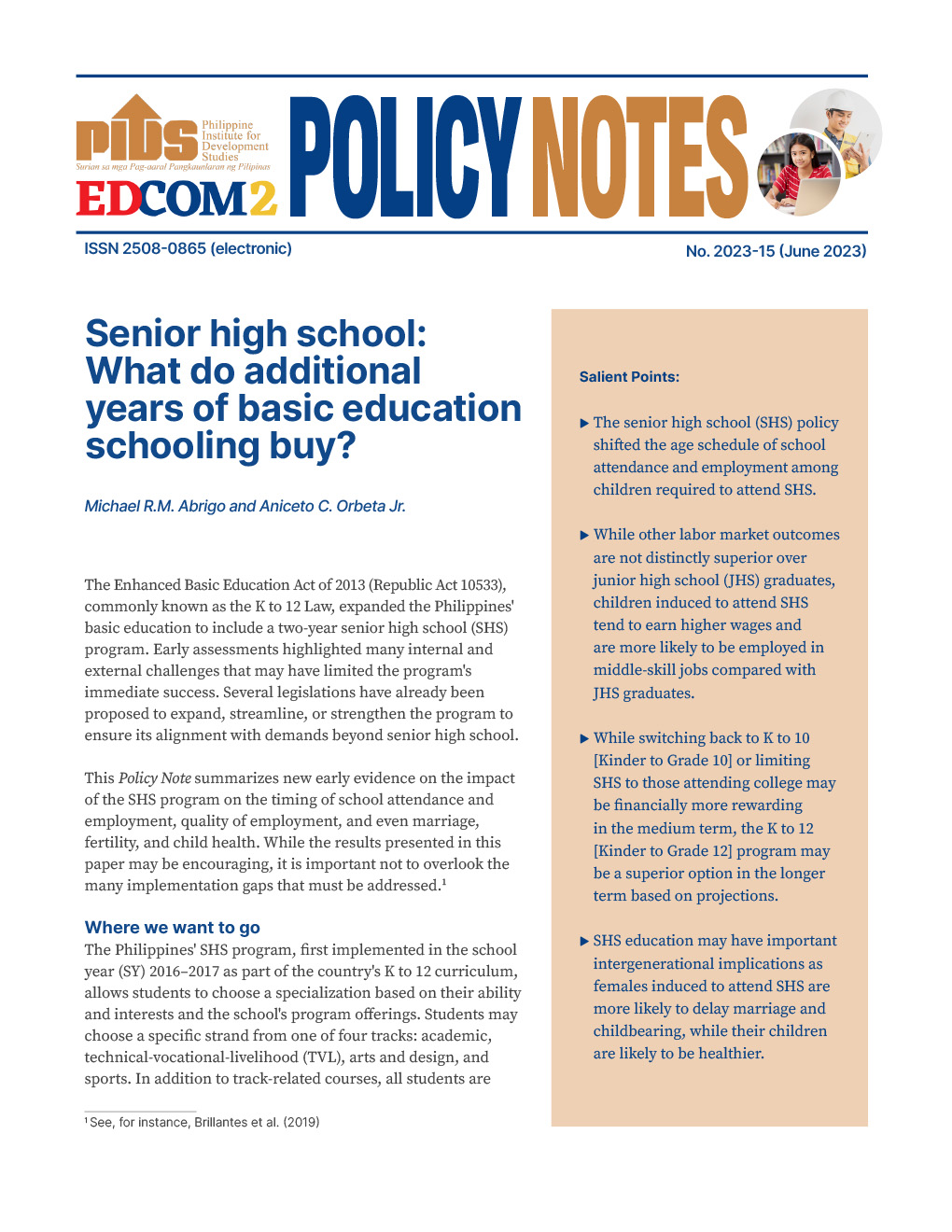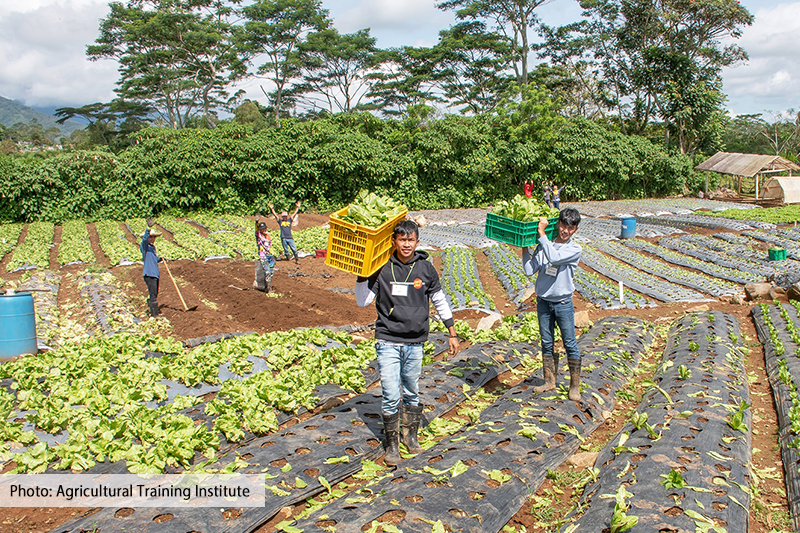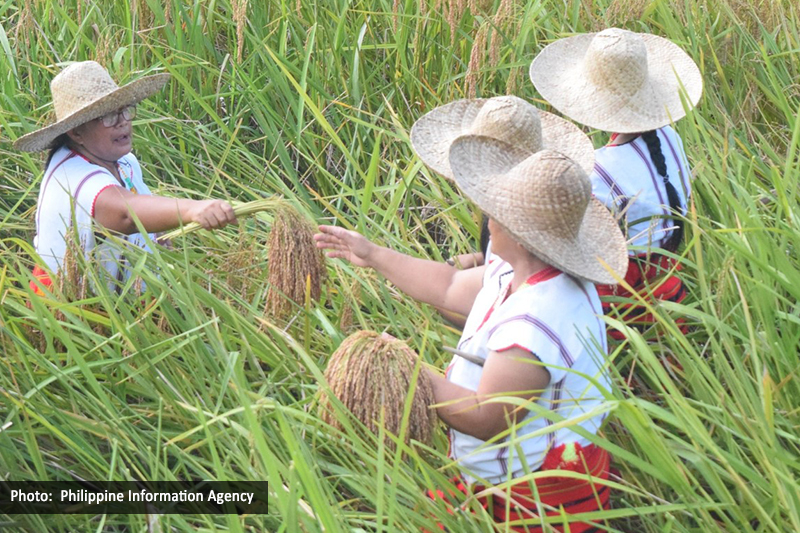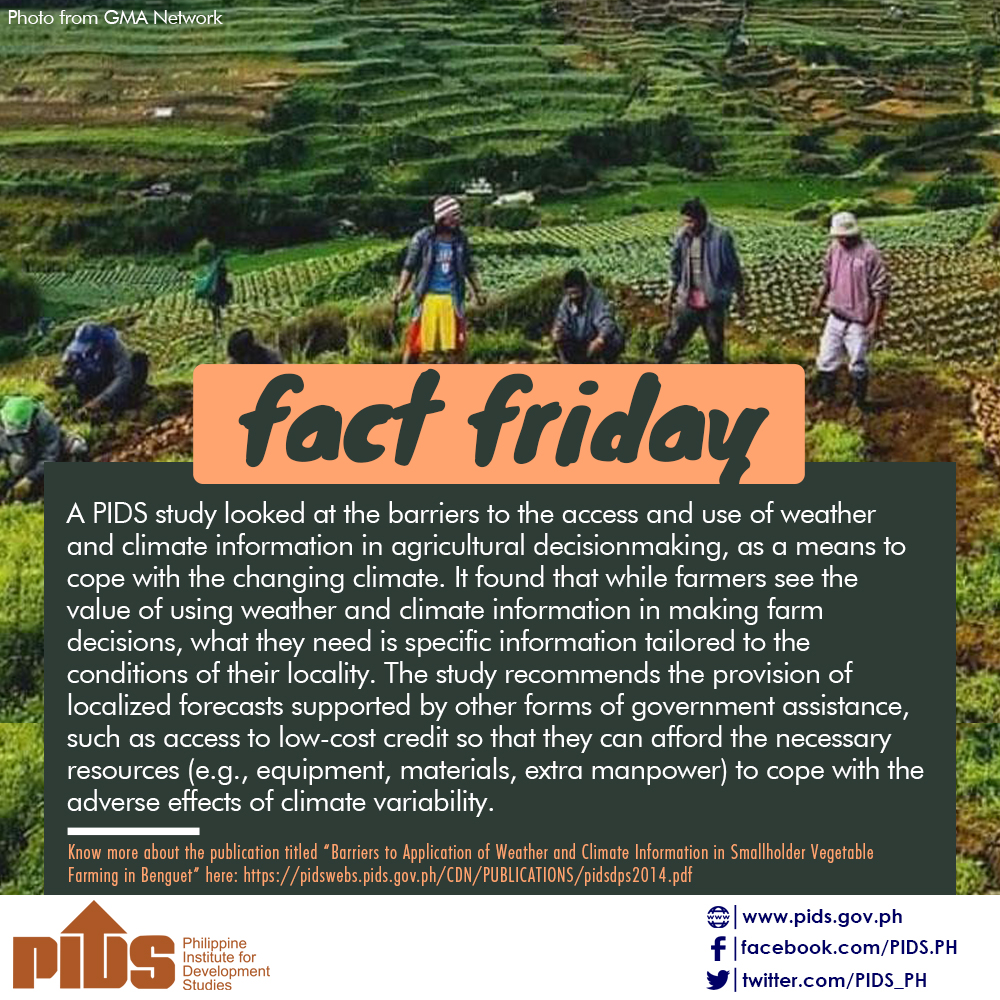FARM PRODUCTION contracted for the first time in three quarters in April-June, marking its biggest drop in three years on a steep fall in crop output and signalling that the sector weighed on overall economic performance scheduled to be reported on Thursday morning ahead of the central bank’s fifth monetary policy review for the year.
The Philippine Statistics Authority (PSA) reported on Wednesday that value of agriculture production contracted by 1.27% year-on-year to P98.496 billion last quarter, compared to a downward-revised 0.64% increase in January-March and an upward-revised 0.12% increment in the second quarter last year.
It was agriculture’s biggest quarterly contraction since a 2.21% output drop recorded in the second quarter of 2016.
The sector — which accounts for about a fourth of the country’s jobs but just a tenth of national output due to low productivity — is thus expected to have weighed on second-quarter gross domestic product, together with residual effects of the four-month delay in enactment of the P3.662-trillion national budget that left new projects unfunded in the first quarter and the 45-day ban on public works ahead of the May 13 midterm elections.
The latest data brought last semester’s farm performance to a 0.24% contraction, compared to a 0.63% increment in last year’s first half. That compares to a 2.5-3.5% target range for farm output growth under the 2017-2022 Philippine Development Plan.
“I was hoping it wouldn’t be that sharp kasi ’yung iba namang (because the other) produce positive naman, pero (but) apparently that was not enough. There is really a big challenge in bringing agriculture back on track,” Philippine Institute for Development Studies (PIDS) Research Fellow Roehlano M. Briones said in a telephone interview.
For Rolando T. Dy, executive director of Center for Food and Agri-Business of University of Asia and the Pacific, “[t]he negative growth is within my radar of negative one percent… 2019 will likely post flat record.”
“The government must push cash transfers to rice farmers in the next two to three seasons to revive production. DA and DSWD can work out the solution,” Mr. Dy said in a mobile phone reply when sought for comment, referring to the Department of Agriculture and the Department of Social Welfare and Development, respectively.
The PSA said in a report that a 5.7% second-quarter drop (compared to a 2.03% fall a year ago) in production of crops — which contributed 47.42% to total agricultural output last quarter — offset increases in livestock, poultry and fisheries. The drop in crop production increased to 3.16% last semester from 0.38% in last year’s first half.
Production of palay — which had the single biggest contribution to total value of farm production at 16.47% — fell 5.82% annually (compared to a 1.44% year-ago drop) in volume to 3.852 million metric tons (MMT), causing a 5.1% reduction in output last semester to 8.269 MMT.
The report blamed the El Niño-induced dry spell “that brought down production” in the MIMAROPA Region, consisting of Occidental and Oriental Mindoro, Marinduque, Romblon and Palawan; and Bicol and Western Visayas “due to inadequate water supply/rainfall during the planting months in the first quarter of 2019.”
Production of corn — which contributed 3.84% to the sector’s total value of production — dropped 8.73% annually (compared to a 3.42% year-ago fall) in volume to 1.172 MMT, taking last semester’s output to 3.597 MMT that was down 4.35% the past year (which recorded a 1.75% increase). The report also blamed the dry spell for “decreases in harvested areas and yields in most of the regions…”
OTHER SUBSECTORS IMPROVE
Livestock production, which accounted for 17.41% of total value of farm output, increased by 3.22% in the second quarter (compared to 1.87% a year ago) and by 2.24% last semester (from 1.94% a year ago), as output of hogs — which had the second single biggest contribution after palay of 14.9% — grew volume by 4.1% (compared to 2.81% the past year) to 580,110 MT.
Poultry production, which accounted for 17.75% of total value of farm output, increased by 4.14% in the second quarter and by 4.73% last semester, as chicken — which had the third-biggest contribution at 13.42% — grew volume by 3.11% (compared to 4.55% a year ago) to 477,110 MT.
Growth of fisheries production picked up to 1.9% in the second quarter from a nearly flat 0.09% a year ago, making last semester turn around to a 1.51% increment from the year-ago 2.06% drop. Milkfish production which had the biggest contribution in this subsector to total farm production at 2.93%, saw volume go down by 1.42% to 104,600MT (compared to a 3.45% drop a year ago), but this was offset by increases of 33.35% for yellowfin tuna, 10.71% for roundscad, 4.64% for tiger prawn and 0.62% for tilapia.
Farmers got lower prices for their produce last quarter, with average farmgate prices dropping 3.98%, against a year-ago 5.58% increase. That took last semester’s average down 4.02% against the year-ago 6.56% rise.
Notably, average farmgate price of rice fell by 18.22%, compared to a 10.83% increase the past year. Last semester saw average rice farmgate price fall 12.58%, compared to a 10.51% increase in 2018’s first half.
Republic Act No. 11023 liberalized rice importation when it was enacted in February.
But while it succeeded in bringing down prices of the staple and, in turn, overall inflation, the same law has been blamed for discouraging farmers from planting the grain.
“I am hoping for a quick turn around,” PIDS’ Mr. Briones said.
“Again, this has a lot to do with the price and the physical environment, so there’s really not much we can do whether as policy makers or other stakeholders with respect to the rest of the year,” he added.
“But certainly, with the change in the secretary there might be new sets of programs in place, so that, in the medium-term, we will be able to address this mediocre performance of agriculture.”
President Rodrigo R. Duterte earlier this week appointed William D. Dar as the acting Agriculture secretary. In a briefing on Tuesday, Mr. Dar said he will focus on achieving food security by improving output to outpace population growth, while also boosting earnings of farmers and fisherfolk. “Let’s start with two percent. After one year, go to three percent [and] by the end of the third year, four percent,” he had said of targeted farm growth.









